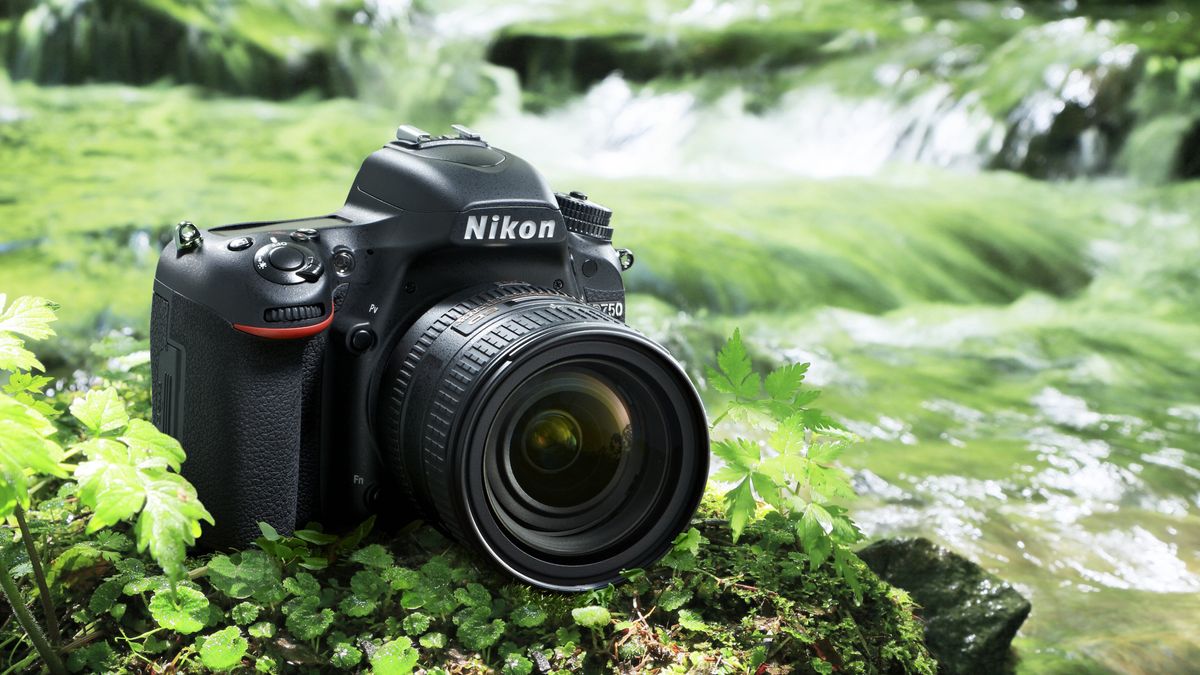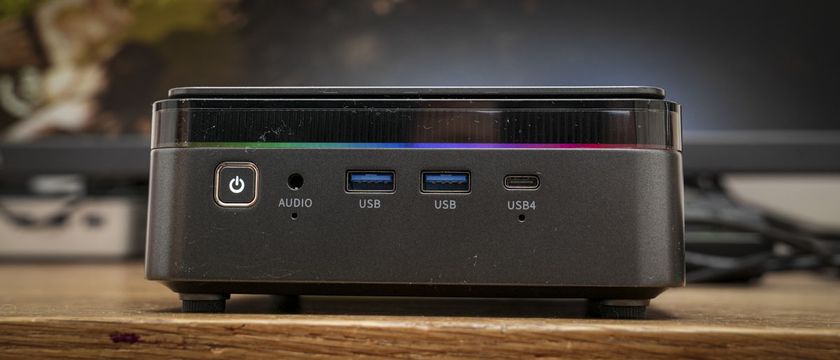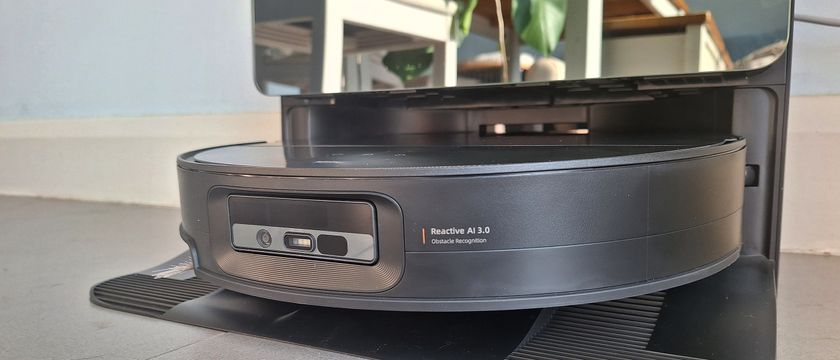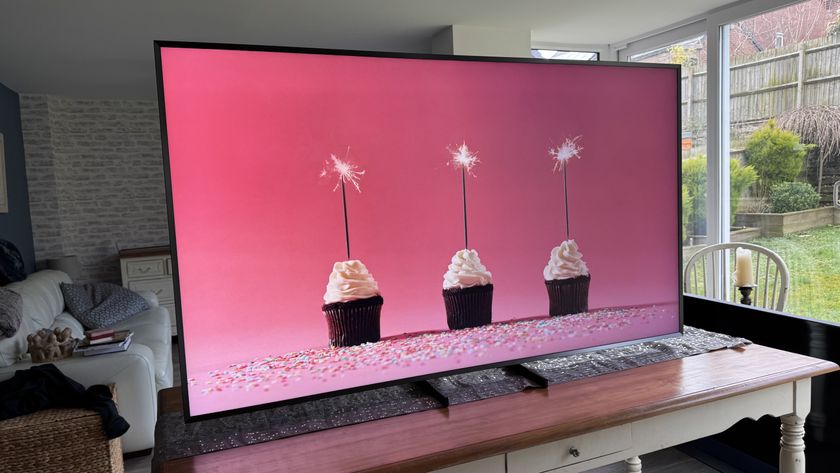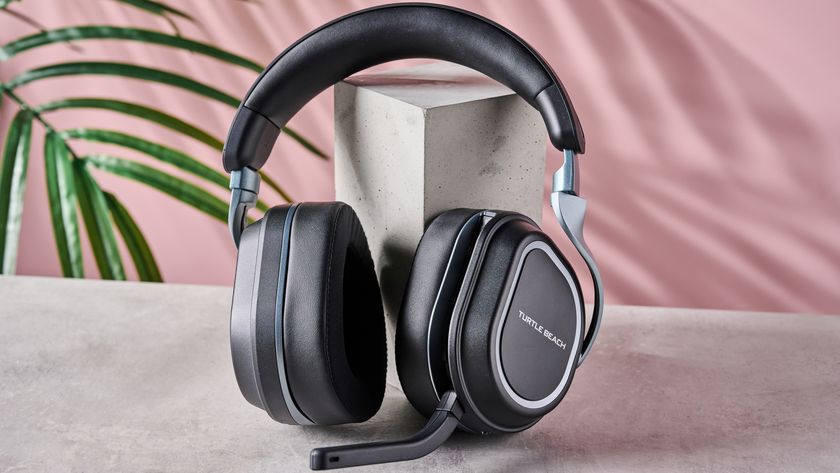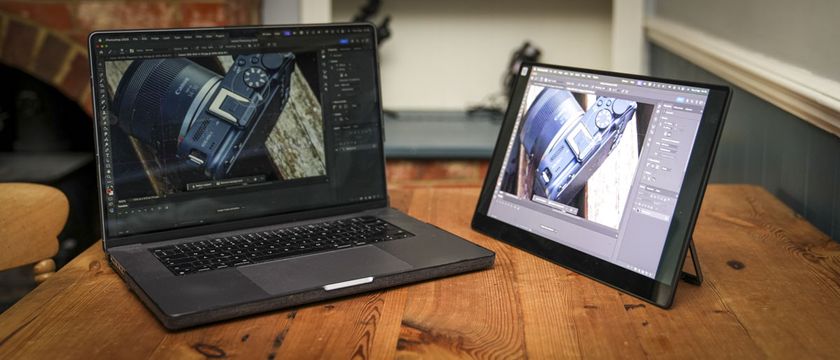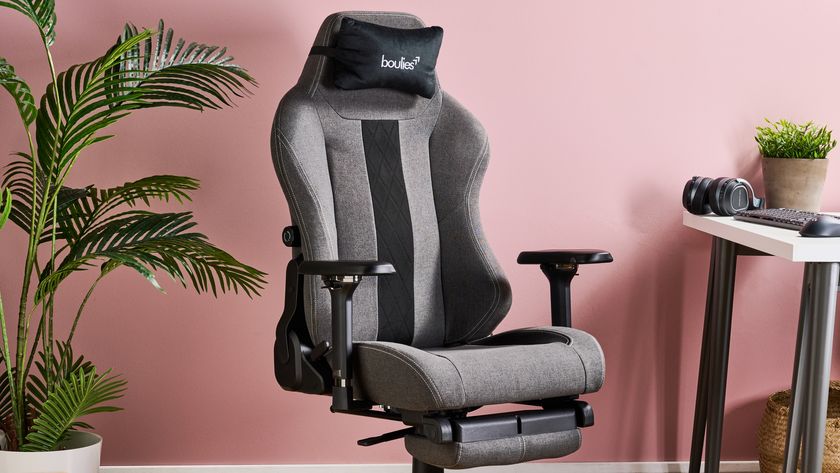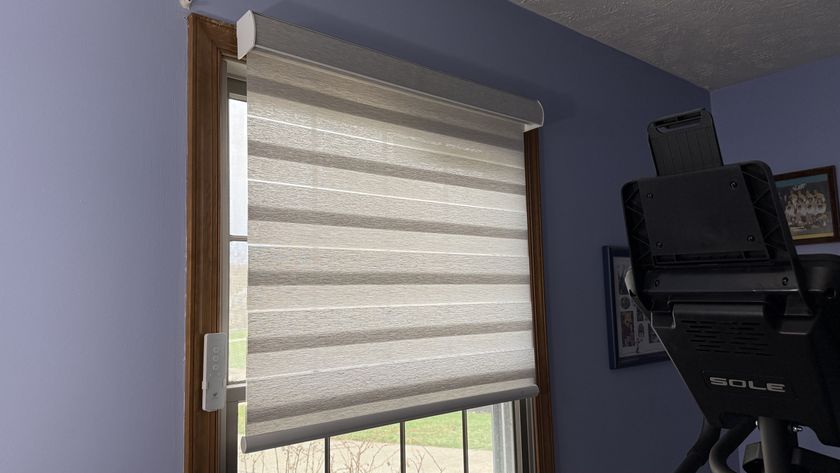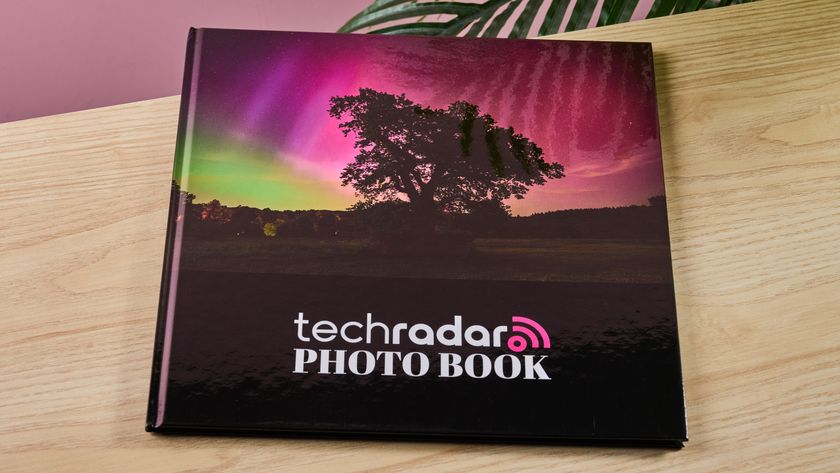Why you can trust TechRadar
Performance
- 6.5fps burst shooting
- 91,000-pixel RGB metering sensor
- Brilliant 1,230-shot battery life
Enthusiast photographers are a demanding bunch – they want to be able to shoot all sorts of subjects in a wide variety of situations and get top-notch results. On the whole the D750 won't disappoint these users. It's extremely capable and can deliver superb, sharp images with natural colour, perfect exposure, plenty of detail and well controlled noise in a wide range of situations.
Exposure metering is handled by a 91,000-pixel RGB sensor and this enables face detection metering even when the image is composed in the viewfinder – although rather unhelpfully you are unable to see when a face has been detected.
I have yet to come across an infallible metering system, but the D750's Matrix metering system is very good. During my testing it managed to deliver perfectly exposed results even when shooting some very bright subjects like yellow backlit leaves. This doesn't mean that the exposure compensation wasn't required on a few occasions – it was, but never when I wouldn't expect it to be and it wasn't needed on a few occasions when I thought it might.

The D750's automatic white balance system also does a very good job in most conditions. The second Auto setting, which is specifically intended to retain the warm notes of warm lighting, is useful on occasion. But if you really want the warm glow of evening sun to be recorded then the Daylight option is your best bet.
Occasionally, there is an inexplicable colour shift of a sequence of images when using the automatic white balance settings and it seems likely that the automatic scene recognition system aspect of the processing is responsible.
Like the D810, the D750 uses the EN-EL15 Li-ion battery and when flash is used Nikon claims that it will last for 430 shots. Without flash, this extends to up 1,230 shots. Nikon has also introduced the MB-D16 battery pack to complement the D750 for longer shoots.
As it has included Wi-Fi connectivity in the D750, Nikon has gone a step further than Canon with its EOS 7D Mark II for those wanting to control the camera remotely. However, Nikon's free Wireless Mobile Utility (WMU) app only offers very limited control over the camera. The live view image can be seen on a smartphone screen and the autofocus point can be set with a tap on the screen, but there's no control over the exposure settings. It is in effect just a wireless remote release with live view.
Of course the biggest news about the back of the D750 is that the 3.2-inch 1,229,000-dot RGBW screen (the same as on the D810) is mounted on a tilting bracket. This enables the screen to be tipped up through 90 degrees and down through 75. It doesn't help with selfies, but it makes shooting movies and landscape format stills at high or low angles more comfortable. It's a good display that shows plenty of detail.
Image quality
- ISO100-12,800, expandable to 50-51,200
- Built-in low-pass filter
- +/-5 EV exposure compensation in 1/3 or 1/2 stop increments
As it has a 24-million-pixel sensor with an anti-aliasing filter, the D750 isn't be able to match the D810 for detail, but it can record a little more than the D610. This is the result of the development in sensor and processor technology since the arrival of the D610. It's worth bearing in mind that many consider the D610 a hasty upgrade to the D600, which was only brought about to correct the problem with the shutter spraying oily material onto the sensor.
Our tests reveal that the D750 controls noise very well. Even when the noise reduction is turned off in the processing of raw files shot at ISO6,400, there is only a little chroma noise visible at 100%. Step up to the native maximum of ISO 12,800 and chroma noise (coloured speckling) becomes more noticeable at 100% on-screen, but it is still controlled very well and the level of detail is impressive, even in shadow areas. Simultaneously captured JPEGs have no chroma noise, but there is luminance noise and images look at little softer under close inspection.
Though dynamic range and detail levels drop off at the expansion sensitivity settings, the results still look pretty good. Even images taken at the maximum sensitivity (ISO51,200) can make decent A3 prints.
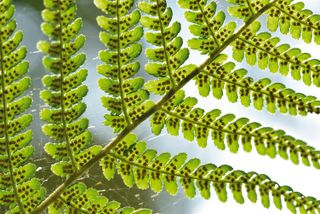
It's useful for giving images extra 'bite' straight from the camera. I found the results created in the Monochrome Picture Control mode with the Clarity and Contrast (an image-wide adjustment) were often very pleasant. Part of the beauty of the Picture Controls is that they can be used when shooting raw and JPEG files simultaneously and this means you have a full colour file for processing as well as a treated JPEG.
Conversely, even if raw and JPEG recording is selected, rotating the mode dial to the Special Effects option results in only JPEG images being recorded. Theses Effects can be previewed in Live View mode. In many cases previewing the image is enough to convince you to not use the Effect.
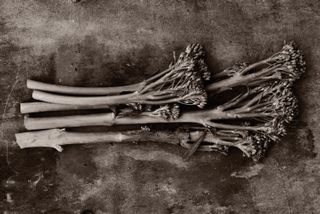
Current page: Performance and image quality
Prev Page Build, handling and AF Next Page Verdict and competitionPhil Hall is an experienced writer and editor having worked on some of the largest photography magazines in the UK, and now edit the photography channel of TechRadar, the UK's biggest tech website and one of the largest in the world. He has also worked on numerous commercial projects, including working with manufacturers like Nikon and Fujifilm on bespoke printed and online camera guides, as well as writing technique blogs and copy for the John Lewis Technology guide.

5 smartest tech reviews of the week: mind-blowing AR glasses and Samsung’s AI-powered vacuum
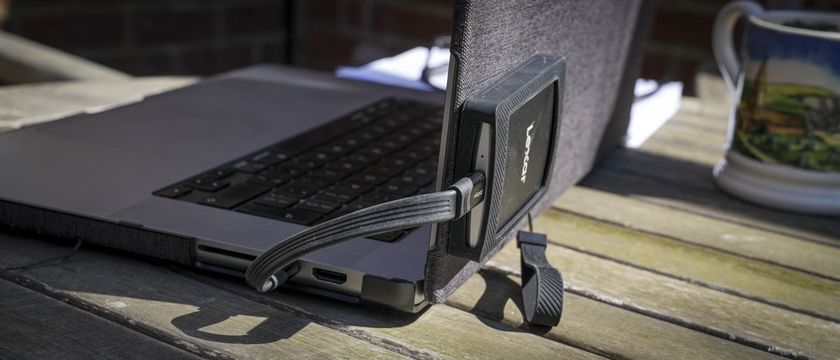
I reviewed the Lexar SL500 Portable SSD Magnetic Set and it might be my favorite iPhone accessory ever
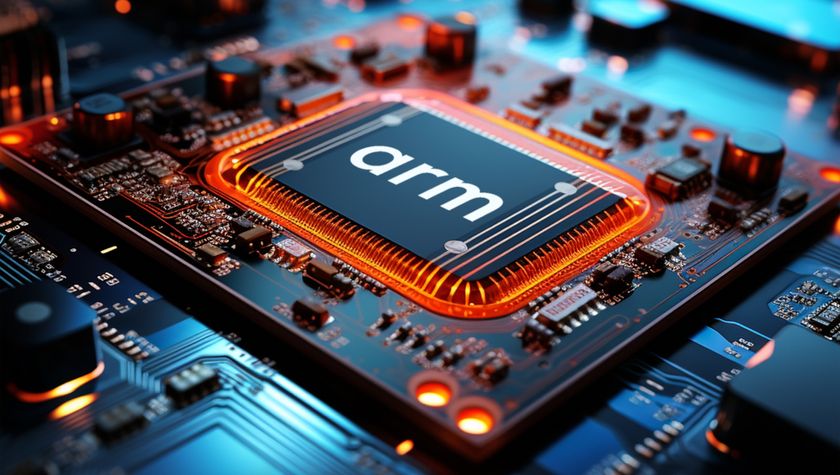
Has x86 lost the data center battle? Arm claims victory as it declares close to 50 percent of compute shipped to top hyperscalers in 2025 will be Arm-based
